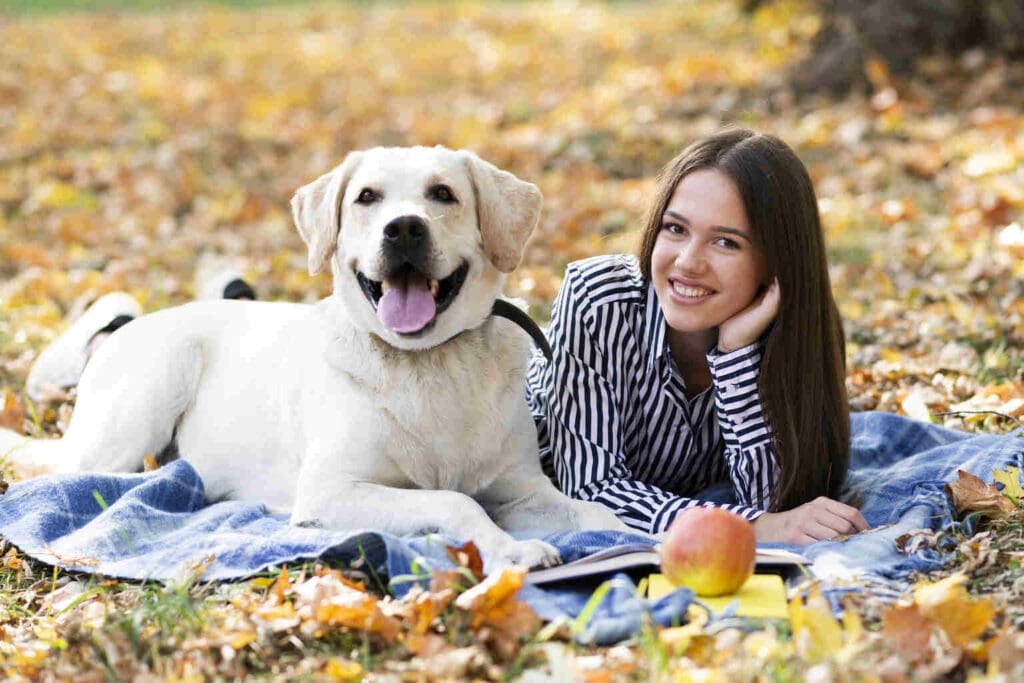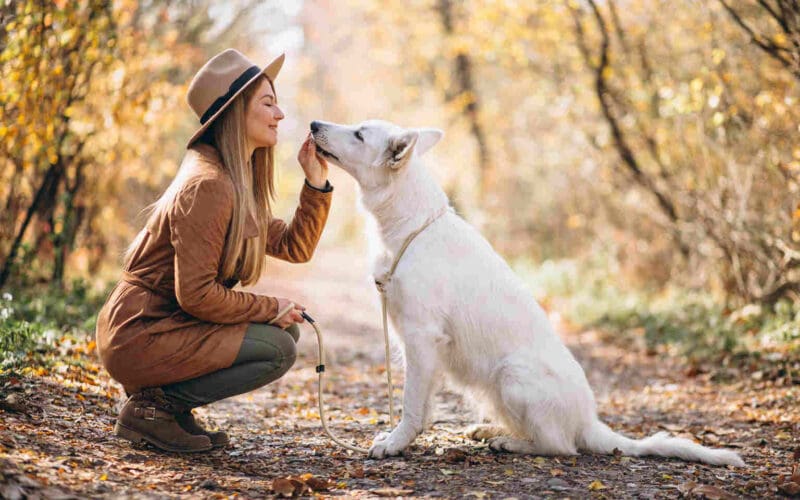People who love dogs understand that taking care of a pet involves more than just food and exercise. Dogs, like humans, need good skin care to stay healthy and comfortable. This applies to dogs with fluffy coats and those with short sleek ones. Good Skincare for Dog health is essential for all dogs. This article will show you the key ways to Skincare for dog
1. Understanding Skincare for dog
Before we get into specific skincare for Dog tips, we need to know a bit about dog skin. Dogs have a different skin structure and pH level than humans, so they need different skincare.
Dog Skin Structure:
Epidermis: The top layer, which protects against things in the environment.
Dermis: The middle layer with hair follicles, sweat glands, and collagen.
Hypodermis: The bottom layer made up of fat and connective tissue.
pH Balance: Dogs have skin pH close to neutral around 7.5, while human skin is more acidic around 5.5. This difference means we must use products made for dogs to avoid hurting their skin.
2. Common Skin Issues in Dogs
Dogs can have many skin problems just like us. Knowing about these problems helps us to prevent them and pick the right skincare for Dog routine.
Dry Skin: The environment plays a big role in causing this. Things like low humidity or too much bathing can lead to it. You’ll notice flaky itchy skin.
Allergies: Food stuff in the air, or certain materials can set these off. Look out for red itchy skin and hot spots.
Parasites: Fleas, ticks, and mites can make your pet scratch like crazy and feel uncomfortable. To keep these critters at bay, groom your pet often and use treatments to prevent them.
Infections: Bacteria and fungi can infect the skin if it gets damaged or stays too wet. These cases need a vet’s help.
Hot Spots: These are small areas where the skin gets inflamed and infected. Dogs licking or scratching too much cause them. They can get worse fast without treatment.
3. Key Tips to Skincare for Dog
To keep your dog’s skin healthy, follow these important skincare for Dog tips:
Regular Grooming

Brushing: Brushing often gets rid of dirt dead hair, and skin cells, and boosts blood flow. Short-haired dogs need a soft-bristle brush, while long-haired dogs do better with slicker brushes to stop knots.
Bathing: Wash your dog when needed (once every 4-6 weeks for most breeds) with a dog shampoo. Too much bathing can strip natural oils, which dries out the skin.
Proper Nutrition
Balanced Diet: Foods high in omega-3 and omega-6 fats can boost skin health. Think about giving your dog food with fish oil or flaxseed oil.
Hydration: Make sure your dog always has clean fresh water. Good hydration is vital for healthy skin and coat.
Environmental Control
Humidifiers: In winter or dry places, use a humidifier to keep moisture in the air, which helps prevent dry skin.
Sun Protection: Dogs can get sunburns too! If your dog’s fur is thin or its skin is light, think about using a pet-safe sunscreen on exposed areas when you’re outside with them.
4. DIY Skincare for Dog Recipes
Homemade skincare for dog remedies can be a good way to treat your pet without harsh chemicals. Here are a few DIY recipes:
Oatmeal Bath
Ingredients:
1 cup of ground oatmeal
4 cups of warm water
Instructions:
Mix the oatmeal and water in a bowl until you get a paste.Put the mixture on your dog’s wet fur rubbing it in.Let it stay on for 10-15 minutes then wash off . Oatmeal has a calming effect on skin irritation and helps to lessen itching.
Coconut Oil Conditioner
Ingredients:
1 tablespoon of coconut oil
2 cups of warm water
Instructions:
Warm up the coconut oil until it liquefies and combine it with warm water in a spray bottle.
After you bathe your dog, spray the mixture on their fur and rub it in.
Allow it to remain for 5 minutes then rinse off. Coconut oil works to hydrate the coat and give it a glossy appearance.
5. Picking the Best Products for Your Dog
Choosing the right skincare products plays a key role in keeping your dog’s skin healthy.
Shampoos and Conditioners: Pick shampoos and conditioners made just for dogs. Products for humans can throw off a dog’s skin pH balance and lead to skin problems.
Moisturizers: If your dog has dry skin, think about using a dog-friendly moisturizer or balm on spots that tend to get dry such as the nose and paw pads.
Flea and Tick Preventives: Use flea and tick preventives often to shield your dog from bugs that can cause skin troubles.
6. When to Visit a Vet
While you can handle many skin problems at home, some need a vet’s help. See a vet if you spot these signs:
Scratching That Won’t Stop: If your dog keeps scratching a lot, it might have allergies or bugs.
Red or Swollen Skin: This could mean your dog is having an allergic reaction, has an infection, or some other skin issue.
Weird Smell: A bad smell could mean your dog has a bacterial or yeast infection.
Losing Hair: If your dog starts losing a lot of hair , it could have bugs, hormone problems, or other serious issues.
Open Sores or Scabs: Any wounds that don’t heal or seem to get worse need a vet’s look.
7. Conclusion
Your dog’s skin health plays a key role in their overall wellness. When you know their unique skin needs tackle common skin problems, and use the right grooming and skin care methods, you can keep your furry buddy comfy and content. Just remember to check with your vet before you start any new skin care plan if your dog already has skin issues.
Show your love for dogs by giving them the best care you can—because healthy skin leads to a happier pet!
By using these tips, you’ll make your dog look better and boost their well-being. Taking care of your pet’s skin isn’t just for people; it plays a key role in keeping your furry friend healthy and content. Have a great Dog Lovers Day!








